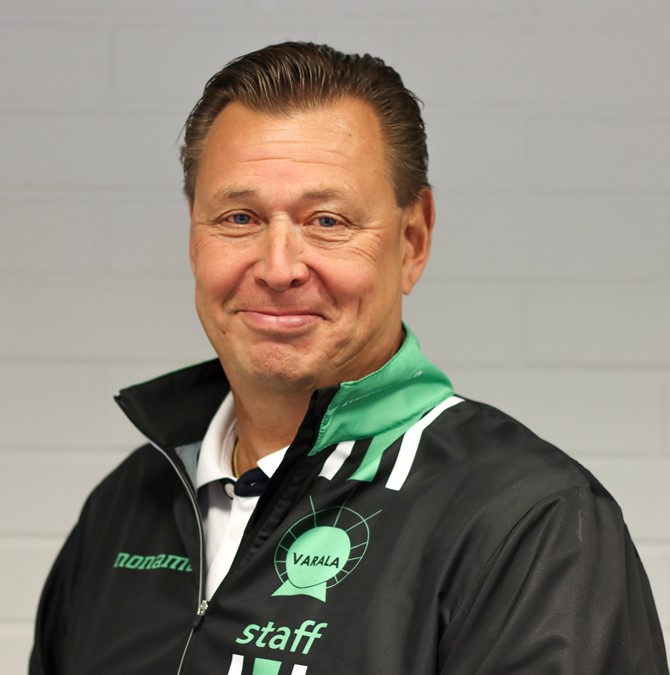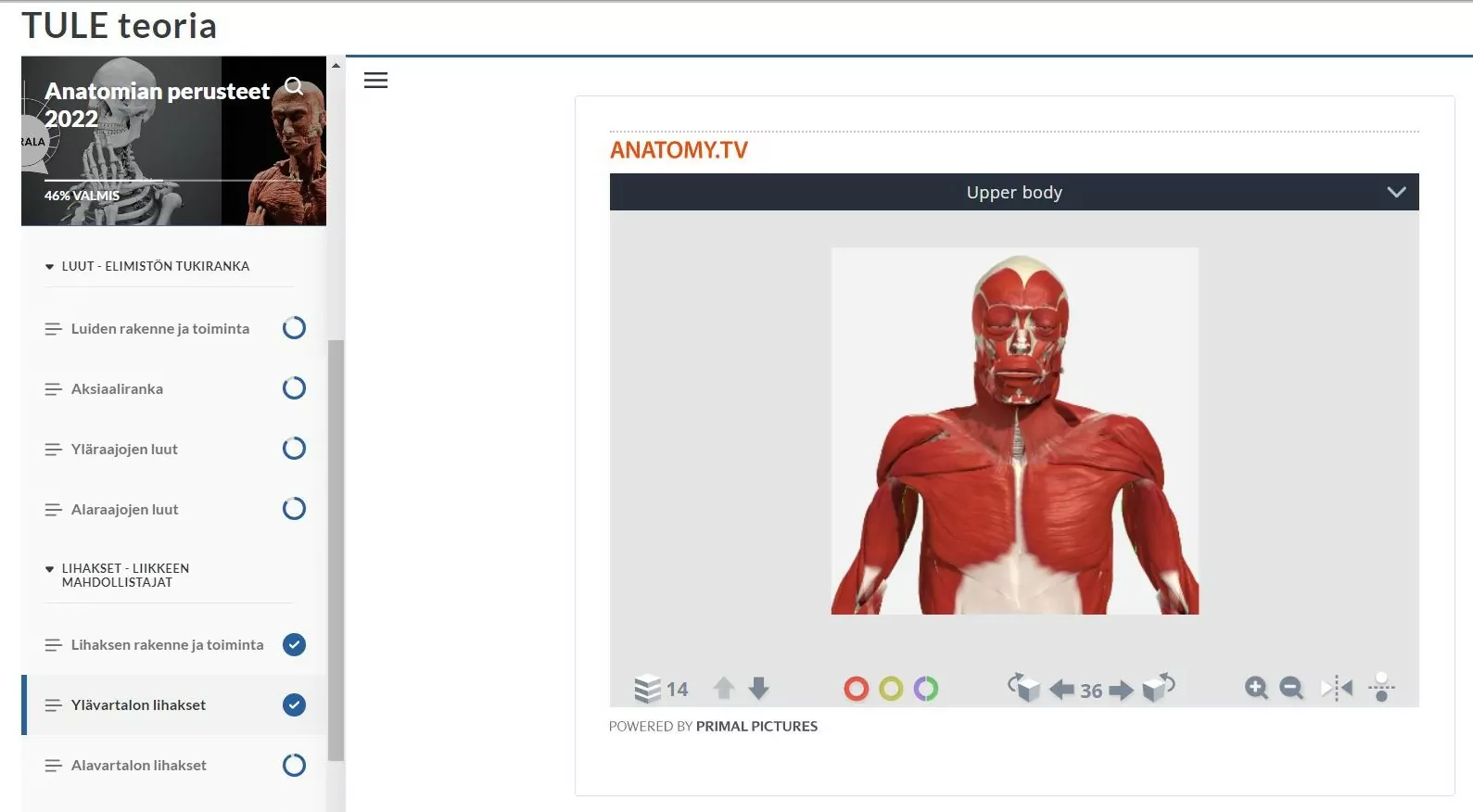Founded in 1909 by a group of pioneering women athletes, the Varala Sports Institute in Tampere, Finland trains future sports educators. It’s an official physical education and sports education provider, authorized by the Finnish Ministry of Education and Culture. And its students embrace the institute’s goal of supporting an inclusive approach to exercise and sports, where people – regardless of background or age – can achieve their goals and feel good, whether it be at work, at home, or on the playing field.
Shifting approaches to sports education
As a Vocational Teacher and the school’s International Coordinator, Samuli Liinpää has seen firsthand the evolution of sports education during his 37-year career and has taught anatomy and physiology for 30 years in his role as a physical education instructor. He had utilized Primal’s Functional Anatomy and Pilates DVDs as part of his lectures in the past, and his positive experiences led him to the current online Anatomy.tv Functional Anatomy module for use during the pandemic – which the school still uses today.
Online courses can provide our students with more time to learn than traditional theory lectures... Teachers then have an opportunity to use those hours for teaching theory knowledge in the working environment.
Samuli Liinpää
A flexible, affordable solution
The institute chose to implement Functional Anatomy in part because it gives instructors the ability to teach in their native language while using Primal visuals to augment the course material. “We wanted to have an online anatomy course that was taught in Finnish, but also provided 3D images and animations for the students to experience,” Liinpää says. “[With Functional Anatomy] students can see prosections, take away and add layers, see muscles and animation and see muscle-bone connections and how they work and move together.”
Functional Anatomy also proved to be an affordable option for Varala and they are considering the adoption of Primal’s virtual reality tool (Primal VR) in the future. “At this point, we are reaching the required learning outcomes very well with Functional Anatomy [and the cost-benefit] is in balance for us,” explains Liinpää.
Enhancing learning outcomes
In an average semester, 350 vocational students studying Sports Instruction, Sports Coaching, Personal Trainer Education or who are enrolled in introductory-level courses use Functional Anatomy to enhance their education. According to Liinpää, students and faculty universally praise the resource.
“There has been no negative feedback at all,” says Liinpää. He adds that Functional Anatomy is popular among both students seeking general anatomy knowledge and with physiotherapy students. Liinpää says using Functional Anatomy is “very easy, because all the needed parts are embedded inside the course [LMS] and if you want to learn more you have straight access to the full [Anatomy.tv] version.”
“Students are learning a lot and the videos help them understand anatomy and to use [their knowledge] in practice,” concludes Liinpää. “Anatomy is key to [Varala’s] learning and Primal Pictures’ Functional Anatomy suits us very well and fills our need.”

